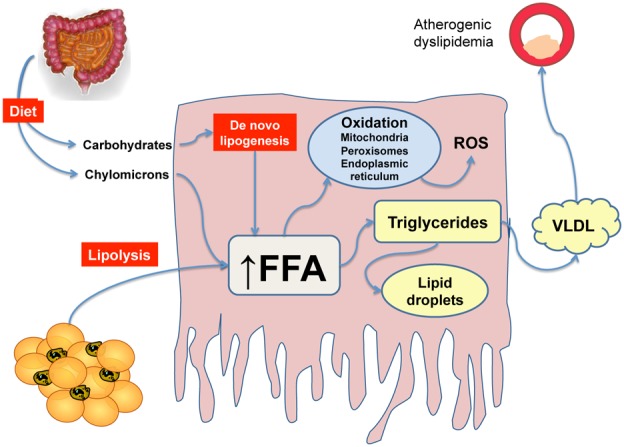Figure 1. Central role of free fatty acids (FFA) in the pathogenesis of NAFLD.

In the presence of insulin resistance, the majority of FFA reaching the liver derive from adipose tissue lipolysis. Lipids from the diet or de novo lipogenesis also contribute to expand the FFA pool. In the hepatocyte, FFA may be oxidized at mitochondrial and extramitochondrial sites, or incorporated in triglycerides. These in turn may be accumulated in lipid droplets, leading to steatosis or secreted in the circulation as VLDL, leading to a proatherogenic lipid pattern.
